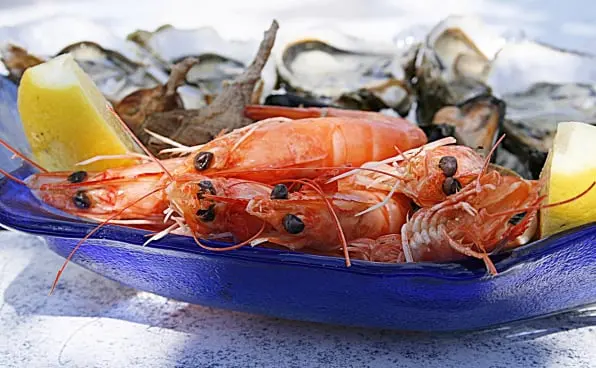Seafood Fresh Produce Software for exporting and value adding
Seafood Fresh Produce Software for exporting and value adding for seafood packing, seafood storage, seafood quality control. Easy audits & seafood Fresh Produce Software. Recall seafood both up and down supply chains. Minimum seafood waste, maximum seafood Fresh Produce Software & profit.

Seafood Fresh Produce Software for exporting and value adding
View Fresh Produce Software Specifications.
SEAFOOD Fresh Produce Software
IQF Seafood packing
A professional business management app for IQF processors and packers of seafood. Contact information of processors, suppliers, manufacturers, specialists, importers, exporters, sales agencies, traders, wholesalers, brands and distributors of IQF Frozen Fish & Seafood Products. Frozen Freshwater Food, Whelk, Scallops, Shrimp, Squid, Octopus, Molluscs, Crab, Cephalopods, Crustaceans and Shellfish.
Seafood Fresh Produce Software and labelling regulations
Seafood Fresh Produce Software and labelling regulations ensure that seafood can be tracked through the supply chain and is described accurately to consumers.
Seafood Fresh Produce Software is the ability to fully trace a product from the point of sale back to its point of origin. This is required to follow general food law, fisheries control and fish marketing.

Seafood packhouse hygiene checklist for food safety
General seafood labelling requirements
Regulation 1169/2011, The Food Information to Consumer Regulation (FIC) becomes effective from 13/12/2014 and replaces the current Food Labelling Regulations 1996.
The new regulation brings EU rules on general and nutrition labelling together into a single regulation to simplify and consolidate existing labelling legislation.
Key changes introduced by this regulation include:
Country of origin/Place of provenance: origin requirements have been tightened and also extended to fresh and frozen meat from pigs, sheep, goats and poultry. Seafood is excluded because an origin in required under the Fish Labelling Regulations.
Nutrition labelling: 'back of pack' information will become mandatory on the majority of prepacked foods, Single ingredient unprocessed foods are exempt.

Seafood Fresh Produce Software for exporting and value adding
“For seafood traders, the lack of product origin information and supply chain transparency can pose significant risks and have far reaching and unforeseen effects,” explained Boyle. “In the past, the focus has been primarily on food-safety concerns, but media coverage has highlighted wider environmental, social and legal issues associated with seafood. This has raised significant shareholder concerns, which can impact brand value and question the corporate social responsibility initiatives of companies.”
Mariah finds that opportunities for fraud are increasing as new and poorly managed fisheries develop, resulting in traders being unable to track the origin of products, or to verify they are the actual species being sold. Of particular concern to her are the human rights issues frequently associated with illegal fishing activities.